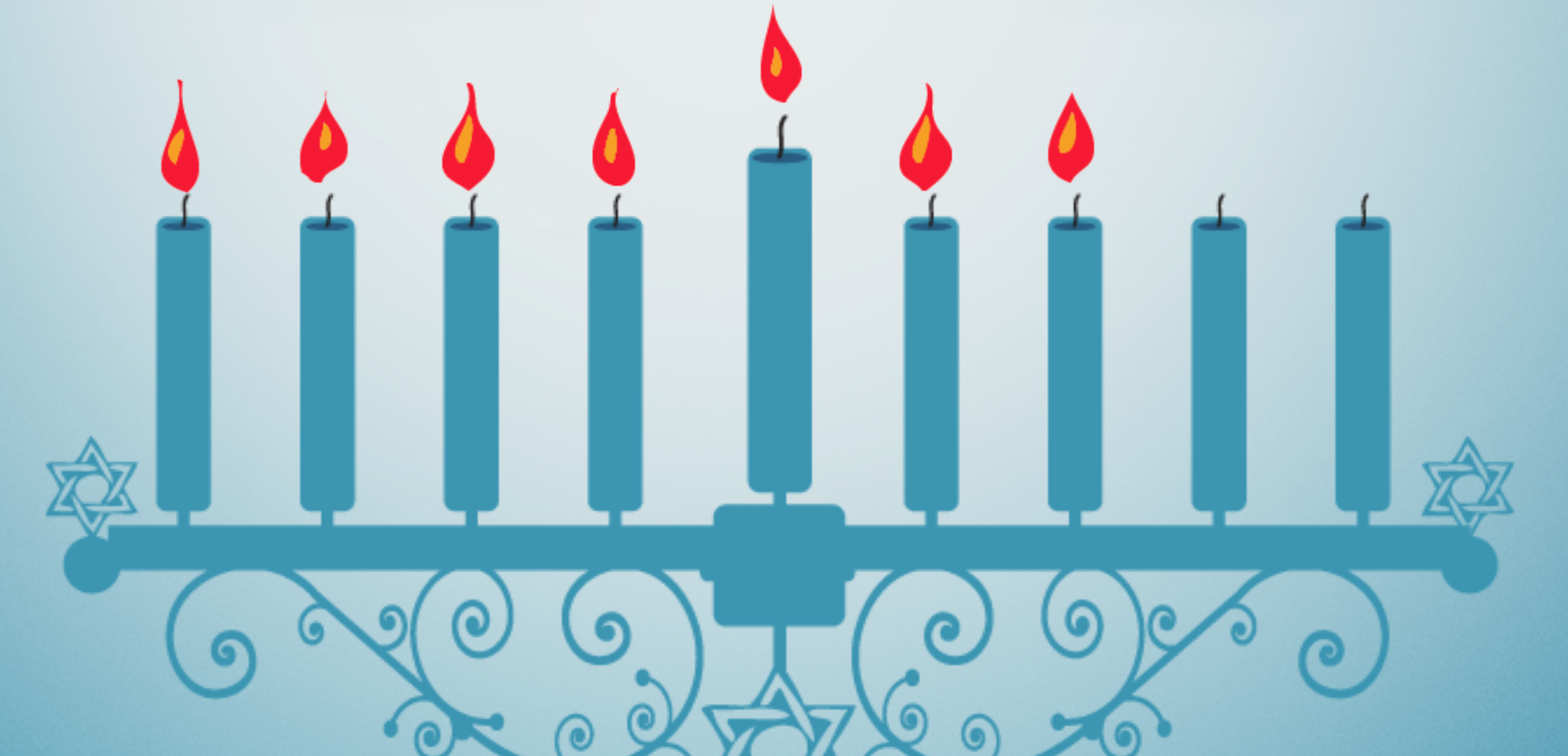Tonight’s audio gift is the last of the three discs in my collection by the ensemble conducted by P. Grancowa.
The first side is a 1910 recording entitled Sem Sorok, which will be more familiar to the Yiddish world as Zibn Fertsik, or Seven-Forty. While a detailed discussion of this tune and its fascinating and mysterious history is a topic for another post, I will give you the broad outline. According to the Russian Wikipedia, the first known recording of the tune was on a Zonophone record in 1903, though I have not found any specific mention or sound file of it , in part because the recording had no title. It was just a Jewish freylekhs performed by the Zonophone Orchestra. The title and a set of lyrics (in Russian) appeared on the scene several years later. No one can agree on much about the song except the title, its obvious popularity and that it seems to be about a train or tram that arrived in Odessa at 7:40 supposedly carrying a passenger who is eagerly awaited but never arrives. The song was particularly popular among Soviet Jews, which is the context in which I first heard it, though at the time I didn’t know it had words. If you are interested in exploring further, there are many videos of both vocal and instrumental performances, many with dancing, available on YouTube.
So far, I have collected six different instrumental versions ranging from an accordion duo to a military band, and there are a couple more listed on Russian-Records.com. The Grancowa performance probably the simplest and most straightforward, consisting of only two sections. Most of the others include both an introduction and a third section. This Syrena recording by the Brass Band of the Hussar Regiment is more typical.
Anyone wishing to explore the origins and history of the song further can find links to additional sources in the Wikipedia article referenced above.
The second side of the Grancowa recording presents an equally intriguing mystery. Entitled Dojna-Rumynskaja narodnaja piesnia (Doina- Romanian folk song, it is a beautiful cornet doina followed by a lively dance tune. The accompaniment to the doina, featuring brass instruments, is quite distinctive. When I listened to this recording, that accompaniment was really familiar, so I went on the hunt and found the other recording I had remembered: a Victor recording of a cornet doina.
According to the Discography of American Historical Recordings, the Victor disc is a reissue of a Gramophone recording by Banda Mihai Viteazul (Band of Michael the Brave — a Romanian hero) and was actually recorded five years before the 1910 Grancowa version. The doina portions of both recordings are virtually identical. On the theory that doinas, while involving some level of improvisation, are actually shaped by each performer in a specific way that often doesn’t change over the course of his or her career, the fact that these two recordings have nearly identical doinas suggests that both were recorded by the same unknown cornet player. Interestingly, the second parts of the recordings are completely different tunes, and the Victor doesn’t have a dramatic transitional chord before going into the faster tune.
Tomorrow, for a complete change of pace, we’ll be considering an Extraphone recording of violinist Jacob Gegner/Gegna.
Khag sameakh.
**Chanukah art from screen shots of the Menorah iPad app by RustyBrick, Inc.




